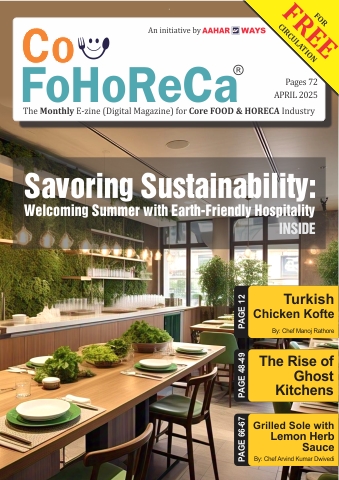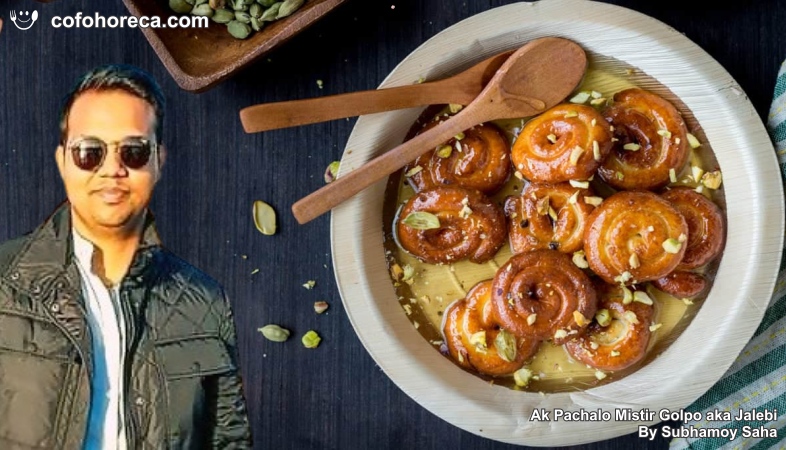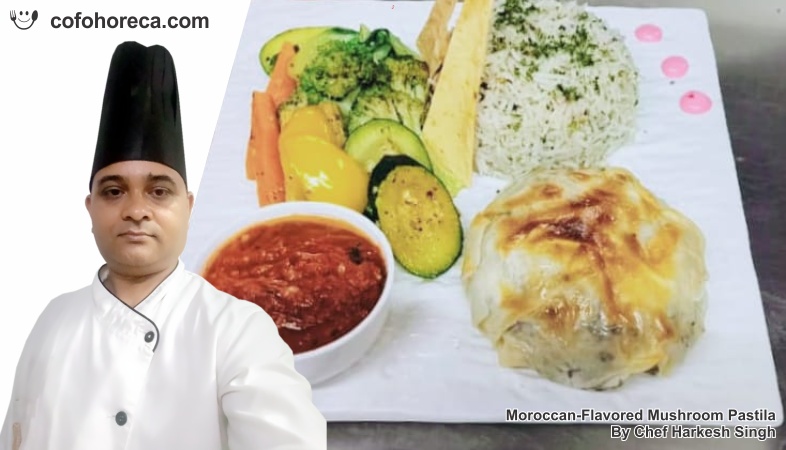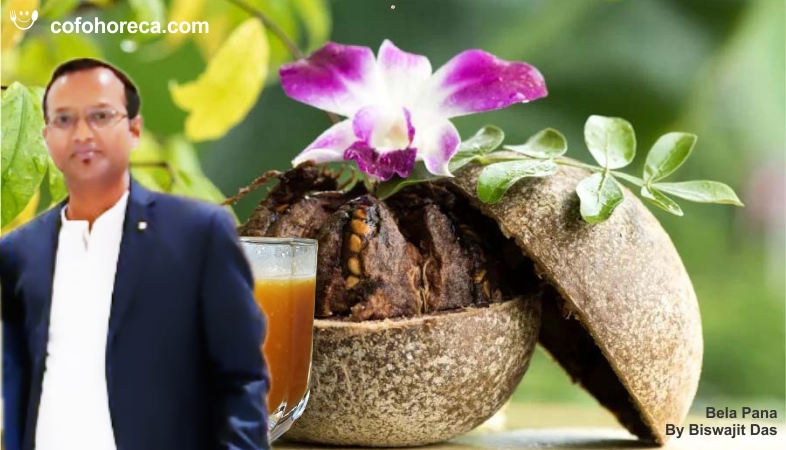How to Enhance Flavor with Hot Air Roasting and Spices
One such technique gaining popularity for its ability to enhance flavor is hot air roasting, particularly when combined with a variety of spices.
In the world of culinary arts, flavor is king. Chefs
constantly seek ways to elevate the taste of their dishes, whether by
experimenting with new ingredients or refining traditional techniques. One such
technique gaining popularity for its ability to enhance flavor is hot air
roasting, particularly when combined with a variety of spices. This method not
only intensifies the natural flavors of food but also introduces a unique depth
that can transform even the simplest of dishes into something extraordinary.
Hot air roasting, often referred to as dry roasting, uses hot air circulation to cook food. This technique works by circulating hot air around the food, which allows it to cook evenly while retaining moisture and preserving essential nutrients. The process results in a crispy exterior while keeping the inside tender, making it an excellent choice for cooking vegetables, meats, and even nuts. When combined with the right spices, hot air roasting has the power to amplify the flavors of ingredients in ways that traditional cooking methods cannot match.
One of the key benefits of hot air roasting is the caramelization that occurs during the process. As food is exposed to high heat, its natural sugars break down, creating a rich, deep flavor. This caramelization effect is especially noticeable when roasting vegetables like carrots, sweet potatoes, or bell peppers. The sugars in these vegetables caramelize, adding a slightly sweet and smoky taste that is irresistible. By incorporating spices such as cinnamon, cumin, or smoked paprika, the depth of flavor can be further enhanced, creating a complex profile that delights the palate.
When roasting spices themselves, the process becomes even more transformative. Spices like cumin, coriander, and black pepper release their essential oils when heated, which intensifies their aroma and flavor. By dry roasting whole spices before grinding them, cooks can bring out the full richness of their taste. For example, roasting cumin seeds in a hot air oven for just a few minutes will release a nutty, smoky essence that adds an entirely new dimension to dishes. These freshly roasted spices can be used to season meats, vegetables, grains, and even sauces, infusing them with bold flavors that stand out.
In addition to enhancing the taste of individual ingredients, hot air roasting can also be used to create spice blends that elevate an entire dish. Common spice combinations, such as garam masala, curry powder, or a simple blend of garlic and onion powder, can be roasted to intensify their flavors. These roasted spice mixes can then be sprinkled over roasted vegetables, meats, or grains, infusing the food with a depth of flavor that is both complex and satisfying.
For example, a roasted spice blend made from cumin, coriander, and fennel seeds can add a warm, earthy flavor to roasted vegetables like cauliflower and zucchini. Similarly, a blend of garlic, thyme, and rosemary, when roasted and added to roasted chicken, creates a savory and aromatic profile that is sure to impress. The key is to experiment with different spice combinations and understand how the roasting process can enhance their natural flavors.
Another advantage of hot air roasting is that it allows chefs to use less oil, which can be particularly appealing for those looking to make healthier choices. Traditional roasting methods often involve the use of oils or fats to help crisp the exterior of the food. However, with hot air roasting, much of the natural moisture in the food is retained, reducing the need for added fats. This makes it possible to create flavorful, crispy dishes without relying on excessive oil, which is a significant benefit for those following low-fat or heart-healthy diets.
The versatility of hot air roasting with spices extends beyond just vegetables and meats. It can also be used to enhance the flavors of grains, such as rice or quinoa. Roasting grains before cooking them imparts a nutty flavor that adds richness to the final dish. When combined with a blend of roasted spices, these grains can serve as a flavorful base for salads, pilafs, or even as a side dish to a main entrée.
Even desserts can benefit from the magic of hot air roasting and spices. Roasting fruits like apples, pears, or peaches with a sprinkle of cinnamon or nutmeg can bring out their natural sweetness while adding a hint of warmth and spice. These roasted fruits can be used as toppings for cakes, pies, or even ice cream, providing an unexpected twist to traditional desserts.
Finally, one of the most remarkable aspects of hot air roasting with spices is its ability to transform simple, everyday ingredients into something extraordinary. By incorporating this technique into your cooking repertoire, you can elevate even the most basic dishes into culinary masterpieces. Whether it’s a simple roasted vegetable, a flavorful piece of meat, or a hearty grain dish, the combination of hot air roasting and spices allows for a complexity and depth of flavor that is hard to achieve with other cooking methods.
Hot air roasting and the careful use of spices are powerful tools for enhancing flavor in the kitchen. The process of roasting brings out the natural sweetness and smoky richness of ingredients, while the addition of roasted spices creates layers of complexity that transform a dish into something extraordinary. Whether you’re a seasoned chef or a home cook looking to explore new flavor profiles, this technique offers endless possibilities for creating delicious and memorable meals.
.png)





























